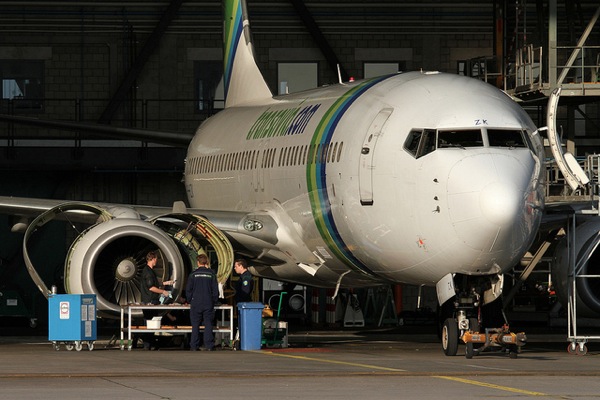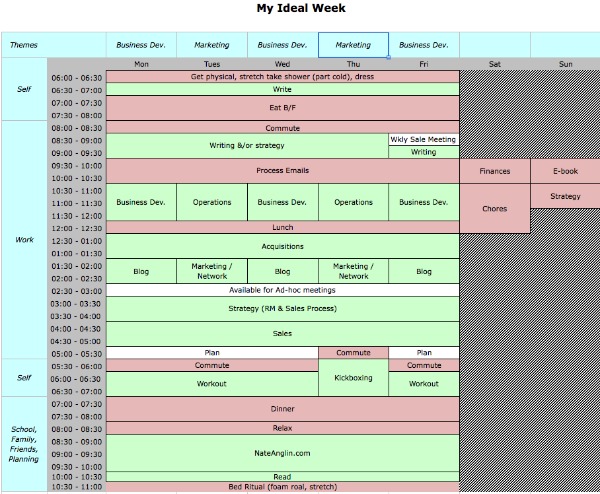Have you ever sat in your office and thought about curling up under your desk and hiding? If you say no, you're not kidding anyone.

I think I can count 20 times that I've wanted to do this.
You may want to curl up under the desk out of fear. Stress has overcome you and you feel that most of your time is resting on the moon, out of your reach.
Is there such a thing as enough time?
No, especially when it comes to aircraft maintenance. You have a thousand things to do and a thousand and one people to communicate with.
Think of this:
We all know the quickest way to get from point A to point B is through a straight line. So why create a mess in the middle?
From multiple vendor shipments to hundreds of MROs to follow up with, the straight line gets out of control very quickly.
Just thinking of this makes me want to curl up under my desk right now.
The good news is this doesn't always have to be the case.
Make Your Supplier Stress and Sweat (Not Literally)
The best solution to regain your time is to surround yourself with good reliable people. If you can't rely on other people then you'll never regain control of your time.
By putting some of the burden onto your supplier, you can free up 25% of your time by creating a Just In Time agreement. You tell them what you need and when you need it on a 12 month forecast and the material arrives at your door, as needed.
What a relief!
But this takes planning and trust.
Mutual understanding will streamline your network and create an efficient supply chain. No need to feel all over the place.
Being efficient
By utilizing a Just In Time agreement with your supplier you will undoubtedly become more efficient.
Give the stress and responsibility to your supplier and give yourself more freedom to work on other important areas that you now only give 50% of your attention to.
You will have time for better focus and better results.
By creating ways to regain your time, you unknowingly increase your efficiency. Don't let your supplier sit there stress free and let you do all the work. Utilize them, partner with them and create solutions so you can make your aircraft maintenance as efficient as possible.
A relationship supported by a Just In Time agreement can only help by saving your sanity and streamlining your logistics.
P.S. If you want to know more about our JIT program and our relationship based operation, click here.















